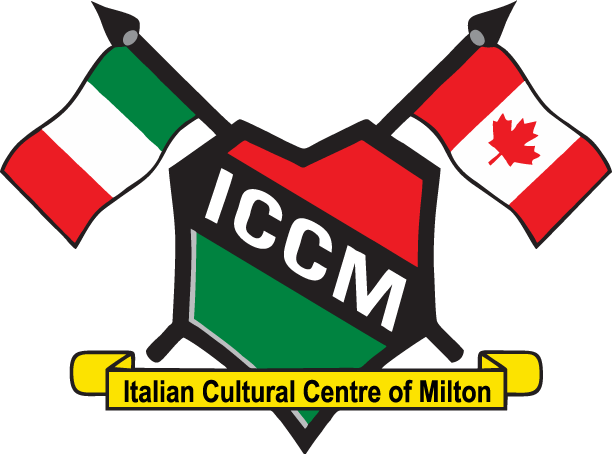Lombardia
Lombardia is located in northern Italy and stretches to the Alps. It borders with Switzerland to the north, Emilia-Romagna to the south, Trentino-Alto Adige and Veneto to the east and Piemonte to the west. This region has an abundance of beautiful lakes including Lake Garda (Italy’s’ largest lake), Maggiore, Lugano and Como, which are the most visited lakes by tourists. Lombardia is also the most populated region in Italy with 10 million inhabitants. It is heavily industrialized and has a diverse economy which includes machinery-building and other assembly and engineering firms, as well as consumer industries such as foodstuffs and apparel. It is also the most prosperous region in Italy. Lombardy is Italy’s leading agricultural region. They produce rice, wheat, corn, olive, vines, vegetables and crops for beef and dairy cattle.
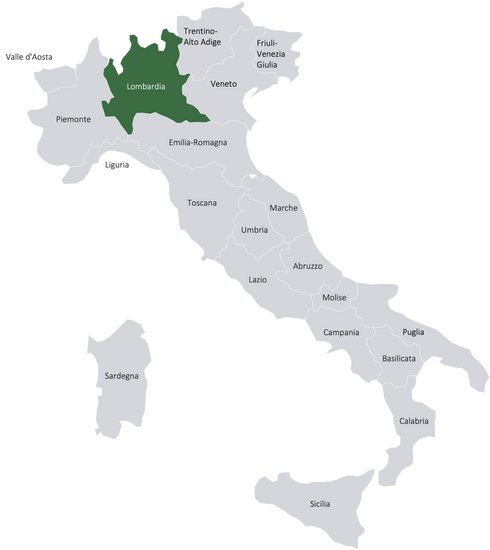
Capital – Milano or Milan
Milan is the second most populated city in Italy next to Rome. It is one of the world’s major commercial and financial centres and one of the wealthiest cities in Europe. Milano is also one of the world’s leading fashion and design capitals. It’s a city known for its historical importance, its art, architecture, music, and museums. One of the most famous architectural structures in Milano is the Duomo of Milano. It is a Catholic Church built in the Gothic and Renaissance style and the fifth-largest Christian church in the world. It was started in 1386 by Archbishop Antonio da Saluzzo and Lord of Milan Gian Galeazzo Visconti and completed in 1965. It took over six centuries to complete due to lack of funding, politics and the difficulties of dealing with its sheer size.
Foods of Lombardia

Risotto alla Milanese
Is made with rice, stock, butter, saffron, and parmesan cheese.
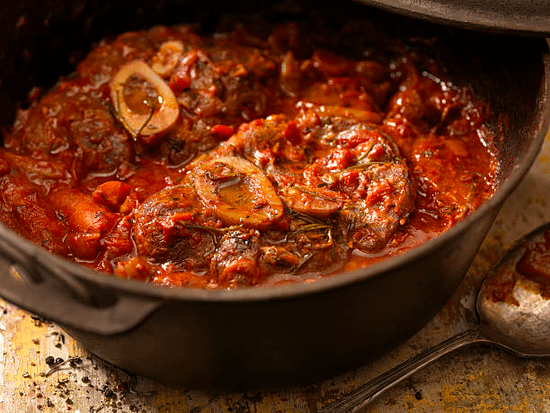
Osso Buco
Osso Buco translates to “hollow bone”. This is the cut of the veal used for this dish. The bone is cut to expose the bone marrow. This gives the dish a creamy richness.

Cotoletta alla Milanese
Veal cutlet breaded and pan-fried.

Tortelli
Stuffed pasta prepared in various shapes usually filled with squash.
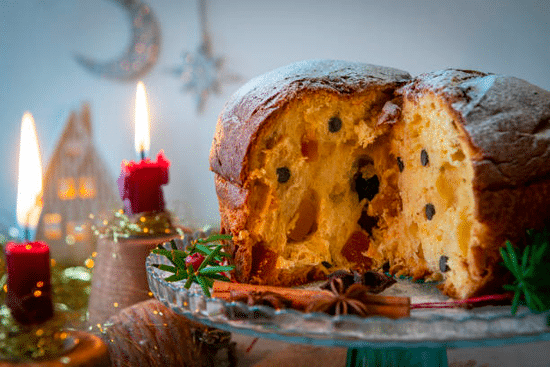
Panettone
A sweet bread enjoyed during the Christmas season. It is usually given as a gift. It is traditionally made with lemon peels and candied fruit.

Pasquale Colomba
A sweet bread traditionally prepared at Easter. Usually is the shape of a bird.
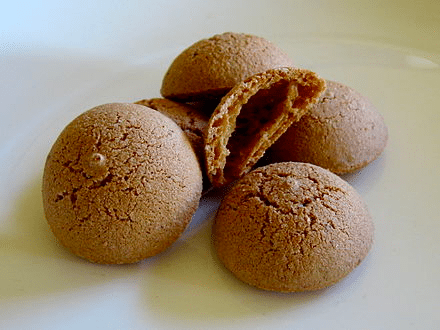
Amaretti di Saronno
Crispy and bittersweet cookies made with apricot kernels. It is produced in the commune of Saronno.
UNESCO World Heritage Sites in Lombardia
Rock Drawings in Valcamonica
Brescia
Valcamonica is home to one of the largest collections of petroglyphs in the world. Over 300,000 carvings have been created in a valley over a period of 8,000 years from the Epipalaeolithic to the Middle Ages. They depict scenes from agriculture, navigation, war, and magic.
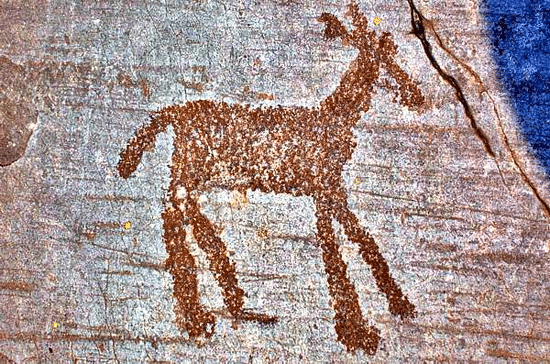
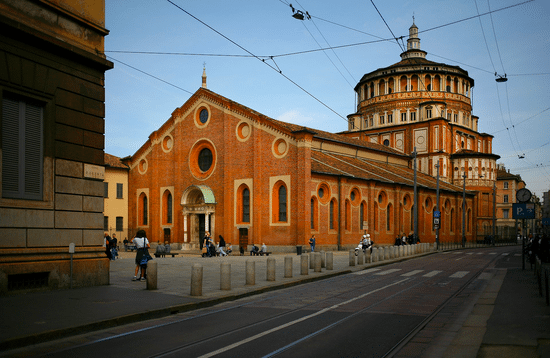
Church and Dominican Convent of Santa Maria delle Grazie with “The Last Supper“ by Leonardo da Vinci
Metropolitan City of Milan
The complex of the Dominican Convent in Milan was constructed in the second half of the 15th century, it is partially attributed to Bramante. The northern wall of the refectory of the convent features the mural of The Last Supper by Leonardo da Vinci, a masterpiece of High Renaissance art.
Crespi d’Adda
Bergamo
Crespi d’Adda is a well-preserved and partially in-use company town built in the 19th and 20th centuries for the workforce of a textile manufacturer Cristoforo Crespi. The town includes both residential buildings and common public services such as a clinic, a school, theatre or sports centre.
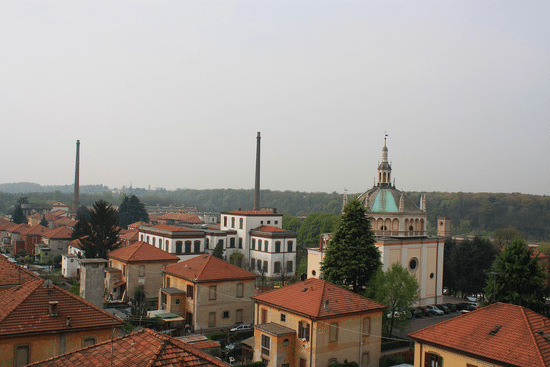
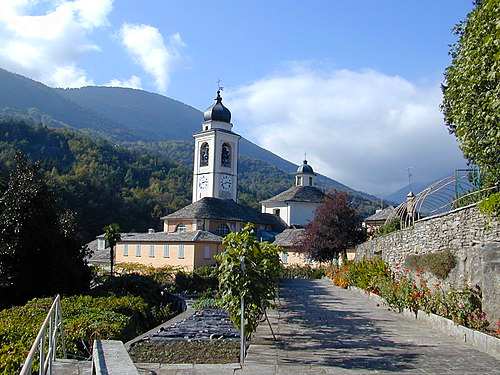
Sacri Monti of Piedmont and Lombardy
Several Sites
The phenomena of Sacri Monti (Sacred Mountains) began at the end of the 15th century with an aim of creating alternative pilgrimage and prayer sites due to inaccessibility of the Holy Land. The site comprises nine such complexes in Piedmont and Lombardy built in the late 16th and 17th centuries. They are rich in arts and are well integrated into the landscape. The Sacred Mount Calvary of Domodossola is pictured.
Mantua and Sabbioneta
Mantua
These two towns represent two approaches to Renaissance period town planning. Mantua (pictured), originating in Roman times and preserving structures from the 11th century, was renovated in the 15th and 16th centuries. On the other hand, Sabbioneta was founded in the second half of the 16th century byVespasiano I Gonzaga and built with a grid plan, according to the period’s vision of an ideal city.
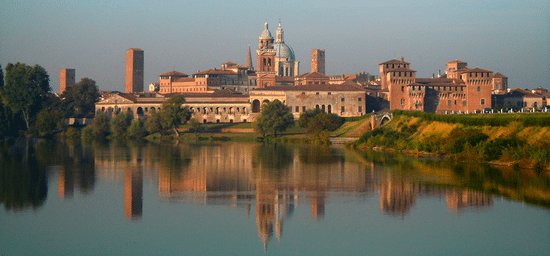
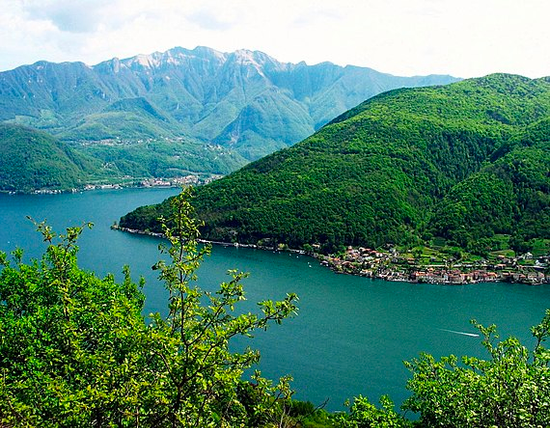
Monte San Giorgio
Varese
Monte San Giorgio, overlooking Lake Lugano, is regarded as the best fossil record of marine life from the Triassic Period (245–230 million years ago). fish, bivalves, ammonites, echinoderms, and crustaceans. Fossils of terrestrial animals are also preserved, as the lagoon was near the land. The part of the property in Switzerland was listed in 2003 and expanded to include the Italian part in 2010.
Longboards in Italy. Places of the Power (568-774 A.D.)
Several Sites
This site comprises seven groups of monasteries, churches, and fortresses associated with the Longboards who ruled in Italy from the 6th to the 8th century. The arts and architecture reflect the synthesis of Roman, Christian, and Germanic influences. The monuments listed are located in Brescia, Cividale del Friuli (cathedral pictured), Castelseprio , Spoleto,Campello sul Clitunno, Benevento, and Monte Sant’Angelo. Its architecture marks a synthesis of various styles and the transition to the Middle Ages.
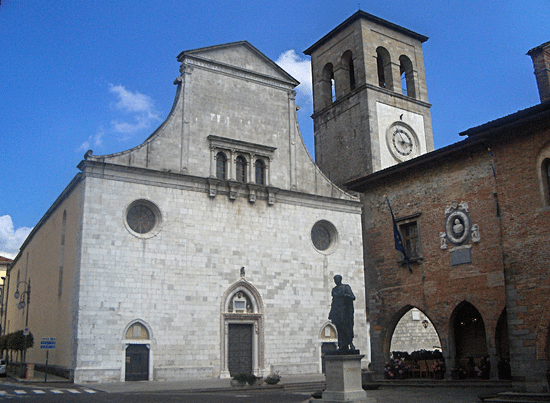
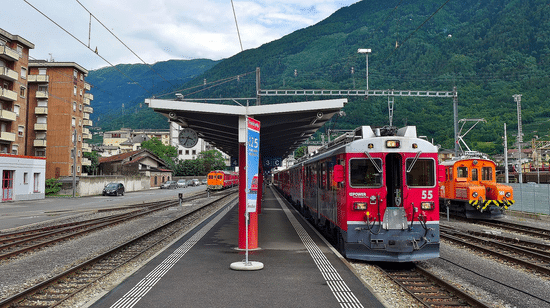
Rhaetian Railway in the Albula/Bernina Landscapes
Sondrio
The Albula and Bernina lines of the Rhaetian Railway are two historic railway lines that cross the Swiss Alps. They were built in the early 20th century, providing a rapid and easy route into many formerly isolated alpine settlements. The side is shared with Switzerland.
Prehistoric Pile Dwellings around the
Alps
Several Sites
This transnational site (shared with Austria, France, Germany, Slovenia, and Switzerland) contains 111 small individual sites with the remains of prehistoric pile-dwelling (or stilt house) settlements in and around the Alps built from around 5000 to 500 BCE on the edges of lakes, rivers, or wetlands. They contain a wealth of information on life and trade in agrarian Neolithic and Bronze Age cultures in Alpine Europe. Nineteen sites are located in Italy.
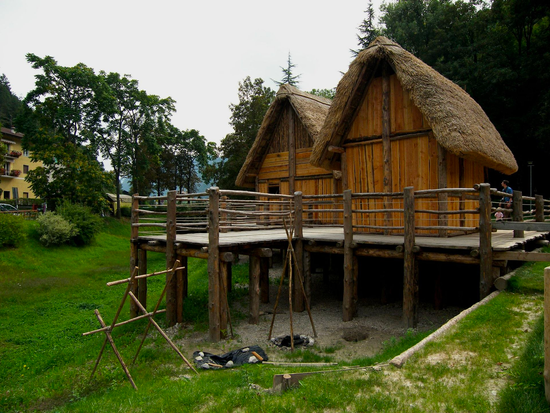

The Venetian Works of Defence between the 16th and 17th Century
The Walls of Bergamo
In the 16th century the Venetians built megalithic walls around the citadel of Bergamo, called today Bergamo Alta. This property consists of six components of defence works in Italy, Croatia, and Montenegro, spanning more than 1,000 kilometres (620 mi) between the Lombard region of Italy and the eastern Adriatic Coast.
